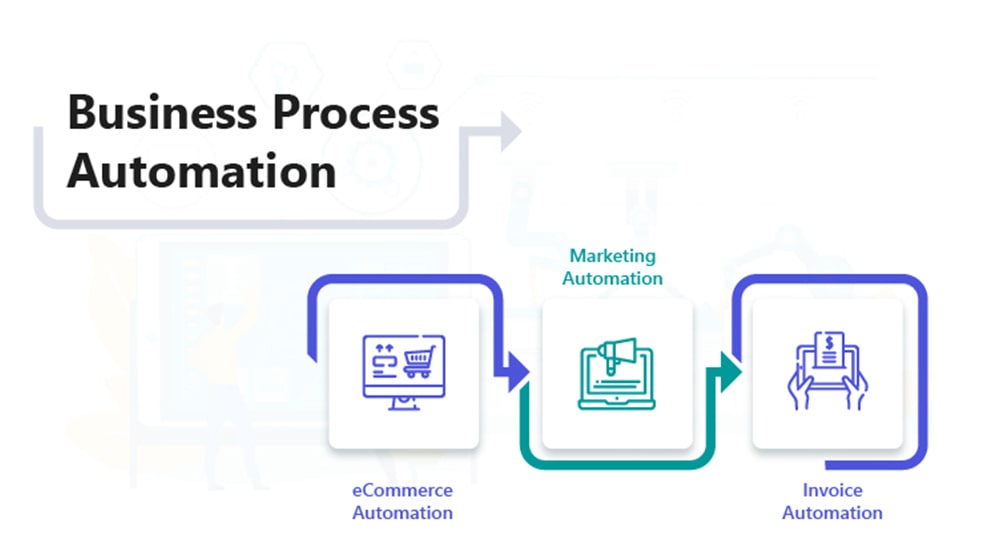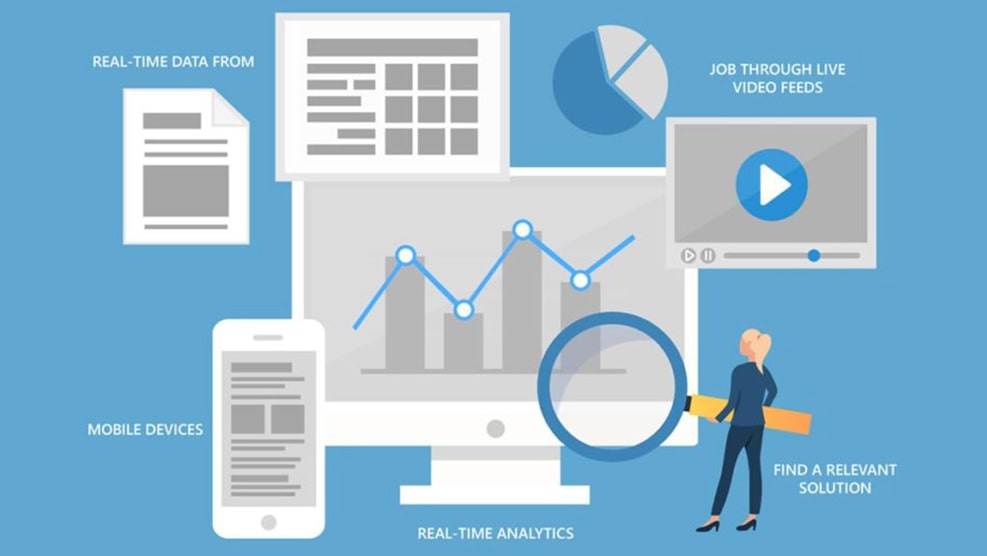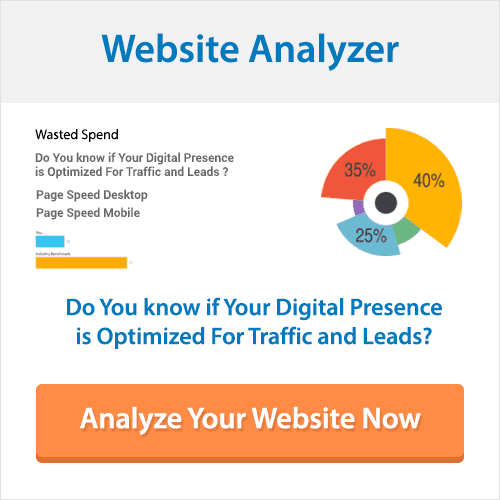7-Point Checklist to Build an Ideal Business Website

You have decided to take your business online. As a smart business-person, you have been preparing. You have created a thorough plan, with unique selling points and strategies. You are ready to start introducing yourself to customers. While you may have thought extensively about what you want to do online, have you gone through a business website checklist? If not, that is your next step:
1. Website Design Planning
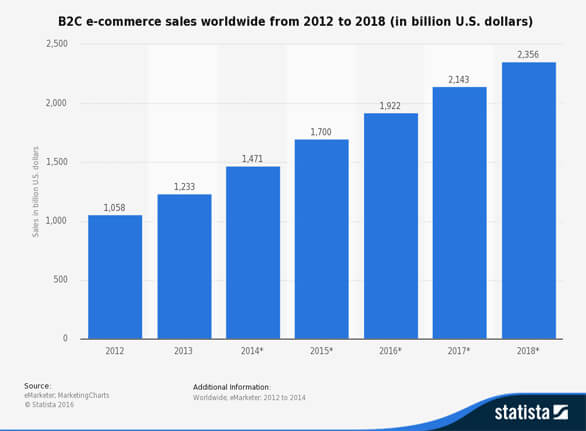
Today, business websites are an essential part of any business. That is why planning web design has become as important as the code used in the business website development phase. This strategic design planning phase, when conducted successfully, can help businesses reach customers online and smoothly and skillfully transition visitors to the eCommerce part of the website when needed.
As indicated in the above graph, a recent Statista report said that e-commerce sales would grow to USD 6.5 billion by 2023. People are using the internet more than ever, and your website will be competing with some of the most dominant companies in the world. That is why it is now essential to give your customers a design that makes browsing through your business websites an enjoyable experience while keeping your brand intriguing.
That is why we are putting this step at the top of your eight concerns of your website planning checklist of your Business Website Development Plan.
To carefully judge a business website development requirements requires extensive research work. Because the structural requirements for a website and the third-party platform integrations and even the base code use depend on the business’s objectives and the industry it operates in. This research needs time and expertise usually found in professional. However, the quality of business websites constructed using this step far outshines in the durability, versatility, and load times of the nearest competitors.
2. Planning The Website Content
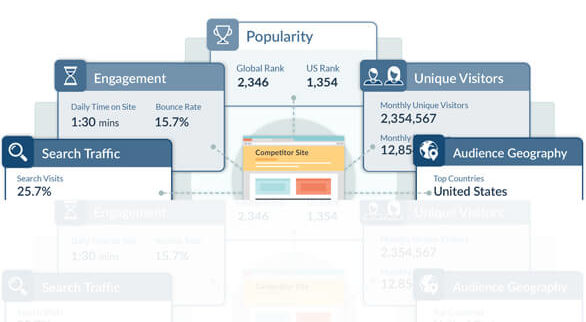
This step should always be in the top three essential steps of a website planning checklist, and yet it is still one of the most overlooked ones. Over the years, every business has come to know and understand the phrase “Content is King.” And most agree with this statement because it is true. That is why your business website planning checklist should have content in the top three points of focus.
The times that businesses attracting prospects to websites with SEO and keep them clicking with the design are long gone. Today, brands have lost customers because of poorly crafted headlines, abundant typos, and irregularly formatted text. Also, ensuring your content is sharp compared to your competitors’ websites can pay dividends. That is why well-managed content often plays a significant role in establishing brand identities for business websites. Sure, brand awareness is still one of the most important aspects of growing your business. But that is only possible with content, and further impact how many customers and clients you convert from the user acquisition phase of your customer journey. That is why digital marketing professionals employ content strategists when building business websites to understand an industry’s content benchmarks and create a unique content strategy for the business they are marketing.
3. Website Responsiveness Planning
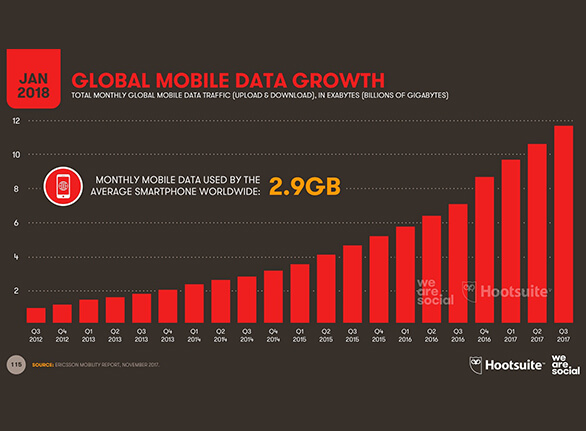
Everybody knows that people don’t just use PC or Mac computers to visit your business websites. They can access many different devices to visit your web page wherever, whenever, and however they want to. That is why, today, responsiveness is one of the essential website requirements in a website planning checklist. To put in perspective, mobile data growth is calculated in exabytes now. That is a billion gigabytes of data, and it is growing 20% quarterly. While these numbers are striking, consider that another projection found the global average monthly data usage per Smartphone would reach 8.9 GB by 2021. Plus, other platforms (such as tablets, TVs, streaming devices, and gaming platforms) have loyal bases that are expanding too.
Business websites must be responsive, to put it plainly, and browsing them with all future and modern digital communication devices should be intuitive. It increases the probability of conversions with knowledgable visitors and grows new user acquisition with your business listed at a higher rank on all search engines.
4. Planning A Website’s Security
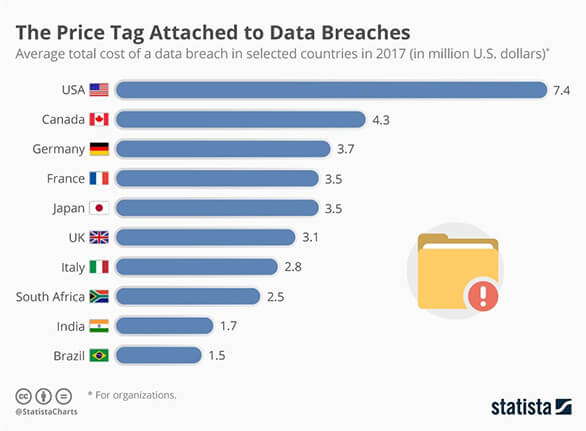
Internet security might have come a long way, but it is a much more serious issue than you might think. In 2017, the average data breach in the United States cost the targeted company $ 7.4 million. This number keeps rising and hit $8.19 million in 2019. Add to that all the news of email hacking and misuse of social media data, and it can give anyone building a business website pause. An unsecured website not only ruins digital marketing efforts but loses visitor’s confidence too. Make sure your business websites are always protected by antimalware and that you monitor its backend consistently.
5. Website Speed Improvement Planning
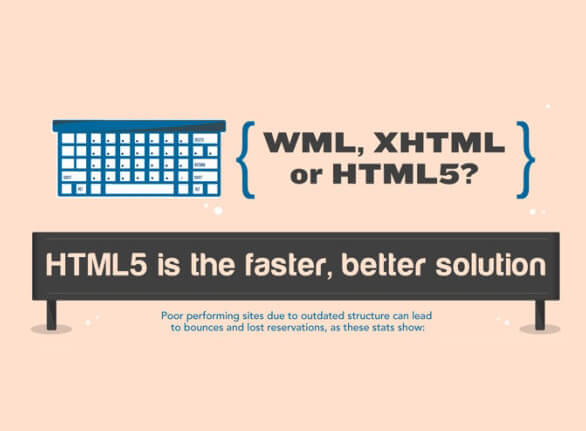
A 2018 Google study found that more than half of mobile users (53%) would abandon a site that did not load in three seconds. That is just one indication of how speed correlates to user acquisition. That is why every business believes that website speed is critical for a website and must be on your website checklist.
A fast loading website, much like responsiveness, can also boost your SEO while improving your customers’ user experience. That does not mean that you must diminish the design elements or cut back on content. Good web developers know which servers to use according to your website requirements while providing you with the look and feel to help your conversion rates and revenue growth.
6. Website Backup Planning
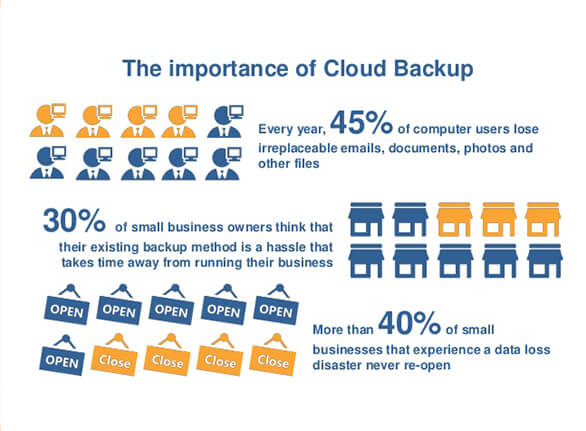
Did you know that nearly half of computer users worldwide (45%) lose important data every year? Still, many business owners believe that data backup is a time-consuming hassle. Regular backups are critical website requirements for disaster recovery (DR). Because when the disasters strike, the data loss causes 2 in 5 businesses (40%) to go bankrupt. This crucial element should never be overlooked from any website planning checklist because this step keeps all of your user acquisition data safe, which is essential to business websites.
Achieving web security is not difficult. All you need to do is ask your web development team to pick the best-automated back-up tool available with your web host. They will set up and schedule an automated backup system for your website.
7. Website SEO Planning
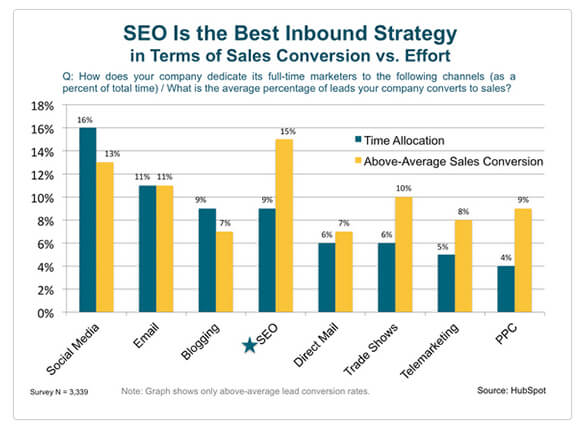
Lastly, and perhaps one of the most critical website requirements is search engine optimization (SEO). SEO is the most effective way to market your business websites. According to 2018 statistics from HubSpot, SEO was the best method for inbound marketing with a higher conversion rate than any other channel. Plus, they found that it required lesser time and investments than email marketing and social media marketing (SMM). With 3 in 4 people (75%) never leaving the first results page of the Google search engine (SERP), it is one of the key requirements for a website to get to the top of their search results.
In this digital age, SEO should always be one of the prime objectives for any business. The more your website shows up on successful searches. The higher your business will rank on search engines for desired search terms. This step will help you with your user acquisition strategy and generate potential leads and increase profitability regularly.
Conclusion
Starting a website can be a hassle that feels extraordinarily complicated. With a website checklist, you can best organize your efforts for success. If you already have a website and didn’t use a build checklist, use our Website Analyzer to see where it may be lacking. Check your competitors’ websites too. Want help designing, developing, and marketing a more powerful site? For in-depth analysis and guidance, email contact@epikso.com or book an appointment today.







